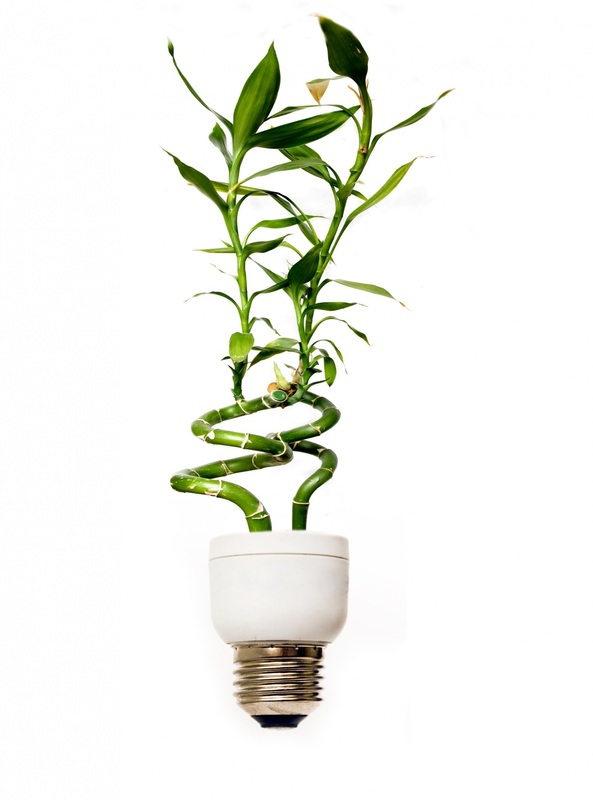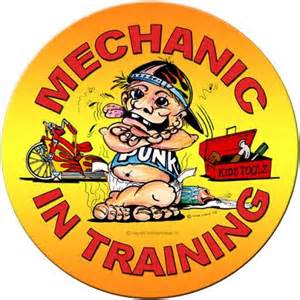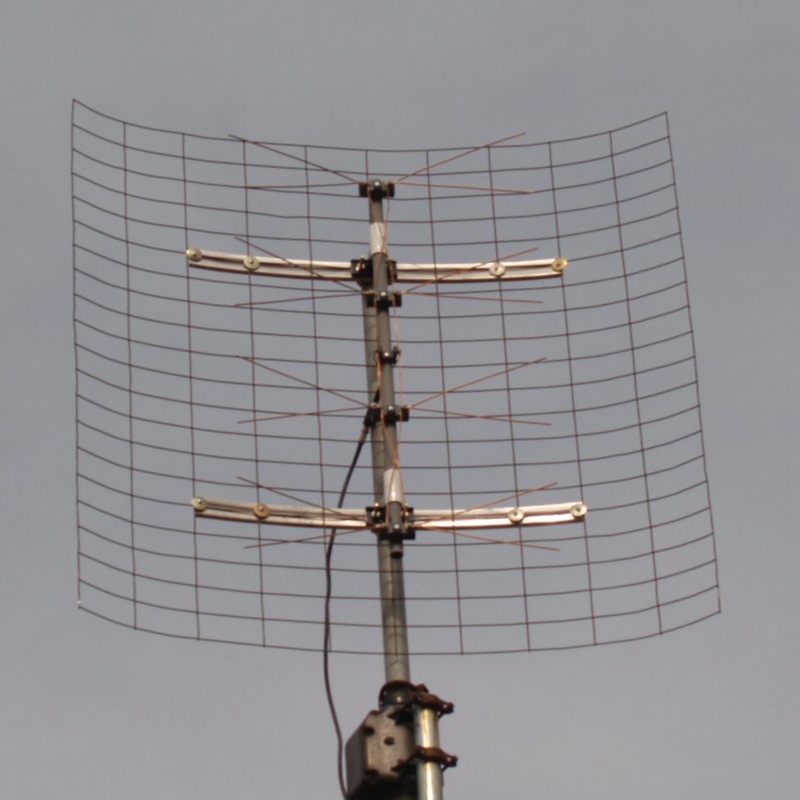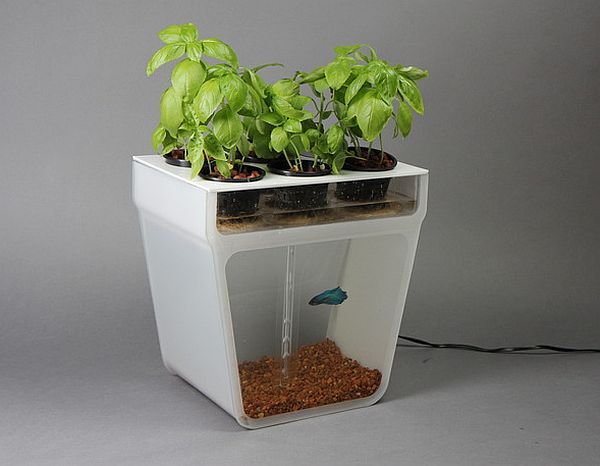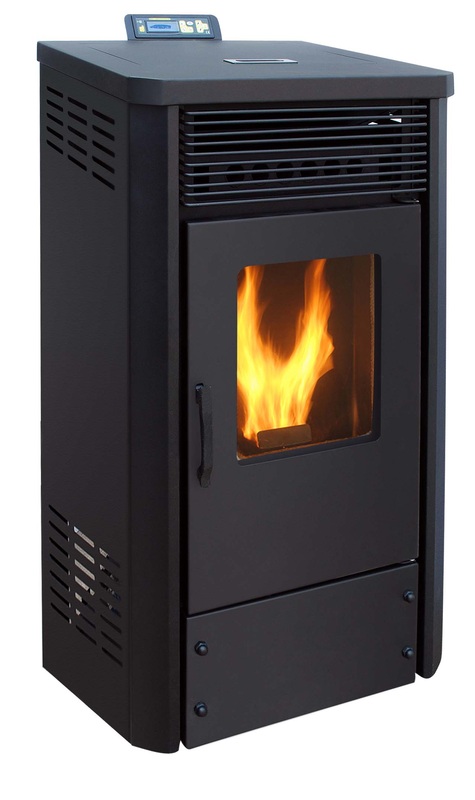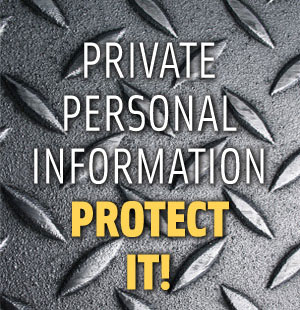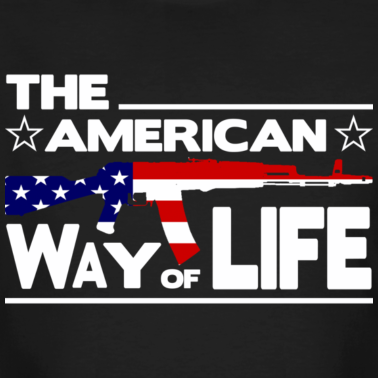As I'm sure many of you have heard, as of January 1st of this year the United States government has banned the production of the historical incandescent light-bulb. With the now limited market of choices for light-bulbs, the question now needing to be asked is which one is the best choice?
Compact Florescent Light-bulbs offer a shorter span of life than an LED bulb. CFL's are much less expensive alternative to LED's however they do not hold up against outside elements such as the cold, as well as LED bulbs do. CFL's also contain mercury so broken bulbs require extra care when being cleaned up.
LED Light-bulbs carry a heftier price tag, however are the longest lasting bulbs on the market. But the bottom line is that CFL's are the better choice for interior use and LED's are the preferable choice for exterior lighting. While LED's consume less wattage, the high purchase cost counter-acts these savings.
CFL's - Affordable, indoor lighting solution, provides substantial energy savings over incandescent
LED's - Expensive alternative, longer life-span over CFL's, provides further energy savings over CFL's, best choice for outdoor lighting purposes
Keep your eyes open for government sanctioned discounts on light-bulbs now that incandescent production has been banned. These savings won't last forever so stock up while you can.
If there's one lesson I've learned the hard way over the years, it's that not maintaining your vehicle or equipment costs you in the end.
Doing your own vehicle and equipment maintenance can save you both money now as well as in the future. I recommend picking up a Hayne's or Chilton repair manual that is specific to your vehicle make and model.
Most maintenance and repair jobs are fairly straight forward, and you can often save at least 50% off the price you'd pay if you had a repair shop do the service for you. Invest in a decent set of tools, and familiarize yourself with your vehicles routine maintenance schedules to avoid any unnecessary vehicle breakdowns.
Change your oil at the specified intervals (Usually 3,000 miles or 3 months, longer if your using full synthetic oil), inspect hoses and belt's at recommended intervals, and maintain the proper fluid levels In all reservoirs under the hood.
Afraid you might do something wrong or break something? Don't worry about it. Parts are pretty versatile, and usually can only fit on in one possible way. Besides, the part was broken to begin with, so how much worse can you really make it?
What tools should you buy you ask? Buy a starters mechanic toolset and make sure it includes a full set of both SAE and Metric ratchet sets, and wrenches as well. Make sure you buy a good oil filter wrench, spark plug socket tool, and of course don't forget to buy a funnel and oil drain pan. I'd recommend also investing in a decent racing floor jack, as well as a sturdy set of jack stands to support the vehicle. Tire chocks and a creeper to easily get in and out from under the car is also a plus.
As far as purchasing your parts, I personally swear by JC Whitney. They're parts are almost always cheaper than autozone or advanced auto, and if you purchase over 99$ worth of merchandise shipping is often free. So why not synchronize all your vehicles and purchase the parts and materials all in one go and safe time and money?
Give them a look. They've been kind enough to allow me to offer you an 8% discount on all orders over 99$!
One of the best investments of my time and effort would be the creation of a high-powered HD TV Antennna. While the process appears intimidating, I assure you it's easier than it appears. I'll summarize the process in as easy a mannor as possible. First you buy stiff 10 gauge wire. I bought 10-3 for this at home depot by the roll. You then cut segments to 15" lengths and fold them in half to form a V. These "V"'s are called wing elements. These elements are attached to a backing, which I used electrical PVC piping. The wing elements are spread apart roughly three inches from on another, in two vertical rows. Each row consists of four wing elements. The wing elements are then connected together with long copper wiring called " Phase Lines " I used the same wiring used for the Wing elements. At the end of the phase lines a connection piece for typical coaxial cable cord must be attached. The special connector is called a Balon. This can be found at RadioShack for a few dollars For a reflector or a signal director, I used Garden Wire. The wire must not actually come in contact with the wing elements or phase lines. I simply attached it behind the mast which supported the structure. The description I gave above is to create a DB4 Antenna. I myself doubled the above and created a DB8 Antenna. I receive roughly thirty stations all for free. Many of which I'm receiving from TV stations that are over 50 Miles away from me! To find out what TV stations you should be able to get with your antenna visit: http://www.TVFOOL.comA great resource for more detailed plans can be found at: http://www.instructables.com/id/Build-a-Large-DB8-HDTV-Antenna-Big-Bertha/?ALLSTEPS
Today, in response to an outrageous grocery bill, I have researched a form of gardening to try to reduce the weekly food bill. How does eating home grown fish, fruits, and vegetables sound?
Aquaponics is a form of indoor gardening that permits year round production within your home for vegetables, fruits, and even fish. The process requires absolutely no soil, fertilizers, or even ph level monitoring. Aquaponics is the process of combining hydroponics with aquatic life. The fish fertilize the plants your growing, and in turn, the plants filter the water for the fish. The only requirement on the gardeners part is lighting, and feeding the fish.
To fully take advantage of this system, the use of edible fish is preferable. In colder climates such as New England, Tilapia is a prime candidate for fish in this setup. They reproduce and grow at a fairly quick rate, and have a decent taste.
Using Aquaponics is a great way to save money on your grocery bill, and create a sustainable source of food for both you and your family.
There are many instructional sites and videos out there on the many ways to do this. Once I have completed my project I'll share the resources I've used with all of you.
Sorry everyone for the lengthy gap between posts. As many Americans, I fell victim to the holiday season.....
On another note I wanted to discuss an issue many American's have found themselves seeking a solution for. That issue is heating your home at an affordable, efficient, and convenient way.
I present the flex-fuel pellet furnace. It takes any form of pellet fuel ( wood, wheat, leaves, etc. etc. ) and functions as a normal furnace does. These furnaces are compatible with forced hot air heaters (common in mobile homes) and forced hot-water heating systems (as found in most homes in the form of radiator base boards).
Many of these units have large hoppers which can be filled with enough pellets to last for a week or more before needing to be refilled. Pellets can be purchased by the ton at local stores at a fraction of the heating cost of typical oil and other fossil fuel heat sources.
Whats the best part? For a decent investment you can purchase the equipment to make your own pellets from yard debris such as leaves or grass clippings. Save your saw dust from the workshop, and all your cardboard and paper recyclables and make pellets out of those too.
The savings potential is limitless. With a little effort you could make enough pellets during the year to heat your home for free the entire winter!. I'll be looking into installing one of these in my own mobile home in the near future. I'll be sure to give the product I end up purchasing a thorough review for my readers.
Today I'd like to cover personal privacy. In today's society, 7% of all homes in the U.S. contain a family member that has suffered from one form or another of identity theft. This number is only anticipated to drastically increase in the future.
To protect your identity you must practice personal privacy. For the average American, making a few simple lifestyle changes can help protect your personal information from being compromised by a data predator.
1.) Buy a decent quality shredder and shred any mail or documents containing any personal information, including "trivial" data like your birthdate. In addition, a locking mailbox is desirable.
2.) Never offer your personal information. Almost never reveal your social security number. Opt to use home address and phone numbers as identity confirmations rather than birthdate and SSN.
3.) Use Tor Browser for online activities. It protects your identity, your location, and your information protected through the use of onion routing and forced use of HTTPS protocol.
4.) Only keep physical copies and original paper documents in a fireproof safe that's bolted to the floor.
5.) Maintain an updated anti-virus and firewall application. After extensive research and personal experience II suggest the use of the current AVG free edition, couple with Zone Alarm's personal firewall.
6.) Use TrueCrypt to encrypt your hard-drive. Create decoy operating systems if necessary to further protect your data. Even though data is encrypted, it's only protected if the computer is OFF. So don't forget to power down when not in use.
7.) Pay in cash and use alias names when legitimate names are unnecessary.
By implementing an following some of these seven simple suggestions can effectively deter and event stop a criminal from stealing your identity. As a rule of thumb, practice common sense when it comes to your personal identifiable information, You only get one identity. You should probably protect it.
To start my journey I thought I'd ease into the transition. I first decided to get an accurate account of my spending habits. To do this I decided to deposit my entire check into my bank account and stick to using Bank of America's cost tracker to find where costs could be cut.
I'm seeing 25$ a week on coffee alone, and an outstanding 60$ on eating out a week. Now that I have a general idea of how my money is spend, I decided to deposit just enough of my check into my account to pay my bills, such as lot rent, electric, cable, cell phone, etc. The remaining amount that was to be used for food, gas, and everything else would be carried on me in cash.
I used billpay to take care of the bills automatically. I then locked my card into my safe so I wouldn't be tempted to use it out of habit. By paying for everything in cash I find I'm more conscious of where my money's going. That daily cup of coffee at the local coffee shop isn't as enticing as it once was. Now I've opted to make my own at home. I've become a bit of a coffee snob.
You don't have to do it how I did, but getting control of your spending is the first step in sustainable living. Track your spending habits, Make a budget, and always be frugal.
Welcome everyone to my blog the Modern American.
This blog is dedicated to the rediscovery of the American Way of Life. A forgotten way of yesteryear. A time where privacy, independence, and self-sufficiency were commonplace.
In todays economic recession, the need of being sensible has never been higher. That's what this blogs all about. Breathing new life into an old way of living. Practicing sensibility, independence, and living within your means. This is my account of my journey to self-sufficiency, and my pursuit of the American Dream..... PRESERVE
|
